A new patio in a garden is one of the most exciting instant changes that can be made to the outdoor space.
Not only does the patio act as a space for sitting down and entertaining guests but it is also a transitional area between the house and the garden.
It is also one of the most expensive features to construct in a garden, so it is important to get the design right. The garden on the right was built by Imperial Landscapes
Factors to consider when designing a patio:
Paving materials
Porcelain is a hard wearing man made material which can have a textured or smooth surface and it comes in a variety of colours. The straight edges allow the landscapers to create very narrow mortar joints which allow the surface to look very sleek. Larger mortar joints on a stone like sandstone with a more ragged edge creates a more naturalistic, rustic look. Mortar colour is also important to ensure it complements the stone.
Sandstone, granite, limestone, concrete and basalt are all good alternatives to use on a patio with each material providing a different surface.
Sandstone laid in a random pattern giving a more traditional appearance by LL landscapes
Porcelain slabs laid in stretcher bond style with a bullnose edging give a more contemporary appearance
The stone above was supplied by London Stone and installed by Rainbow Gardening
Decking
Hard and soft wood decking are traditionally used for decking with hardwood lasting much longer than softwood decking. Composite decking which is a mixture of wood and plastic has become more popular as it is virtually maintenance free and lasts forever.
Steps
Steps leading away from the patio should complement the patio.
Careful consideration needs to be given to the risers and tread depths, to ensure they look good aesthetically but that they are comfortable to walk up and down and that they don’t prove to be trip risk.
Legislation around the riser heights and tread depths needs to be adhered to.
Risers of steps match the stone in the gabions, built by Rainbow Gardening
Patio heights
If a patio is more than 300mm above the existing ground level then planning permission will be required prior to construction. For very high patios over 600mm above the ground, safety barriers also need to be considered.
Planting areas
Planting areas along the edges and within the patio area not only provide interesting focal points and soften the hard landscaping but they also allow for water to drain into the soil away from the patio.
Drainage
The last thing you want on your expensive patio is pooling water which is not only unsightly but can also be a slip risk. A landscaper and designer will be able to advise about the best way to prevent drainage issues. Decorative drainage covers are also available.
Lighting
Lighting is an expensive addition to the patio but well worth it as it shows the area off in the winter and when it gets dark. It also allows you to use your patio for a longer period of the day. The lights create a fantastic atmosphere which can be dramatic.

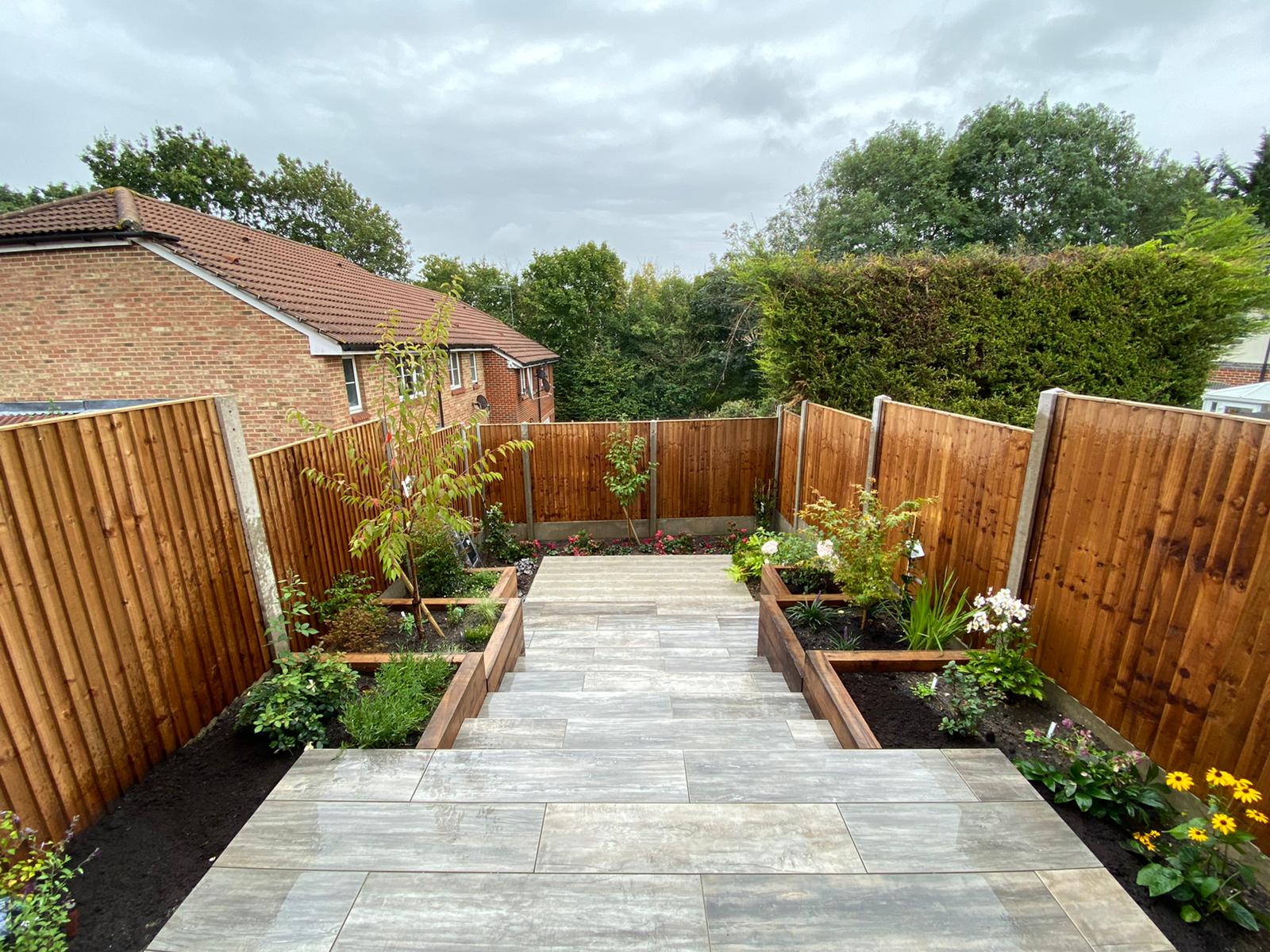
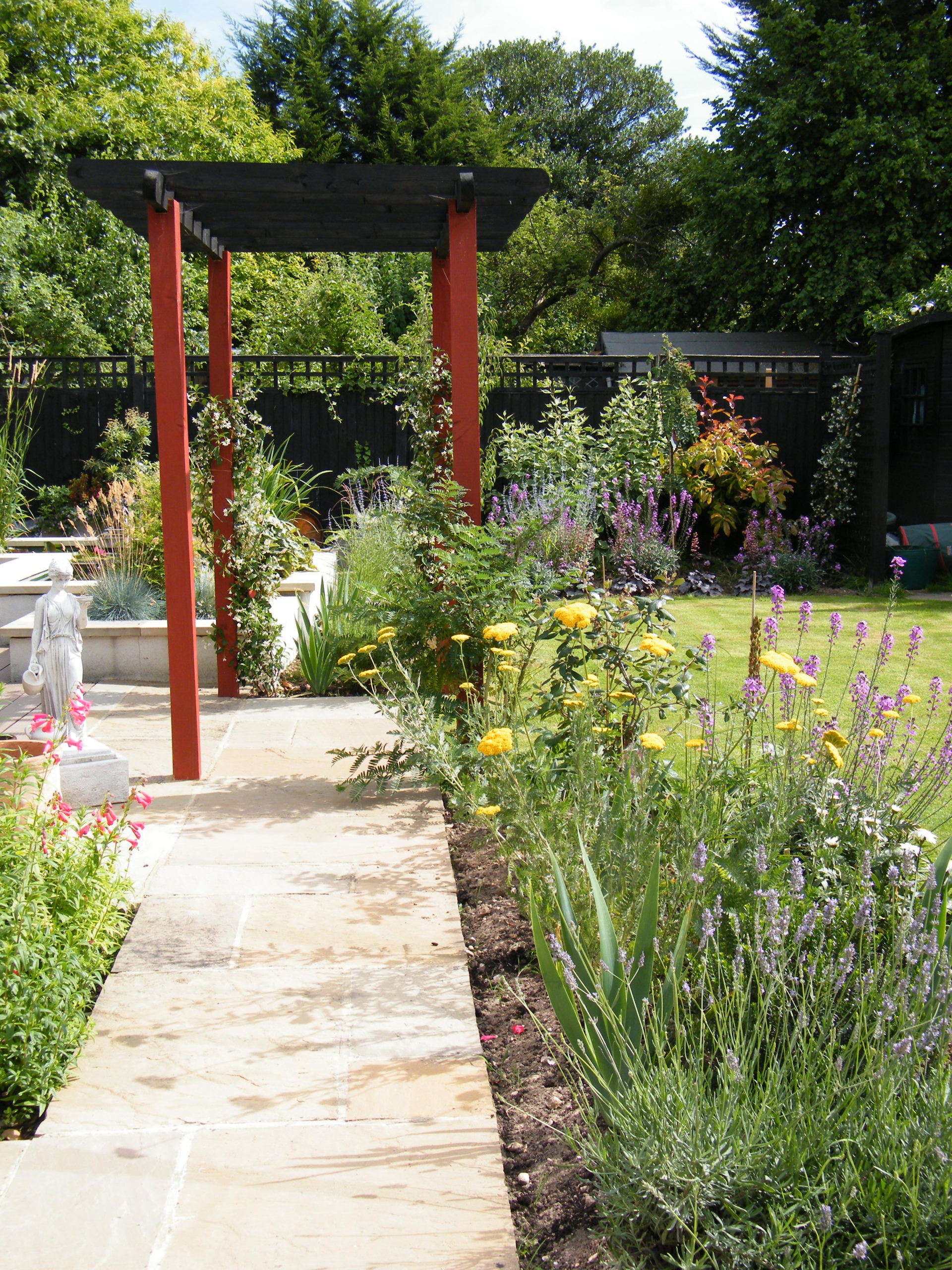
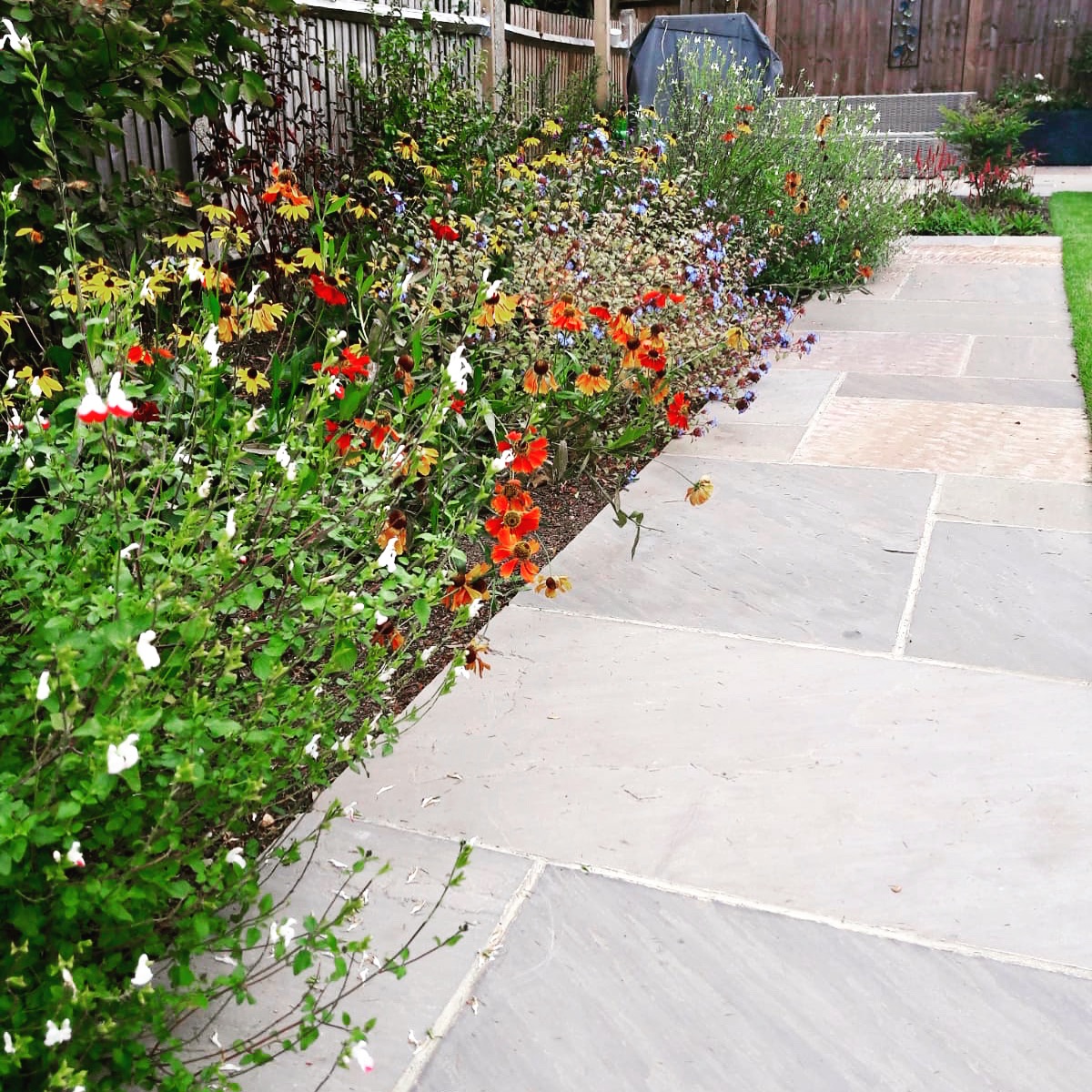
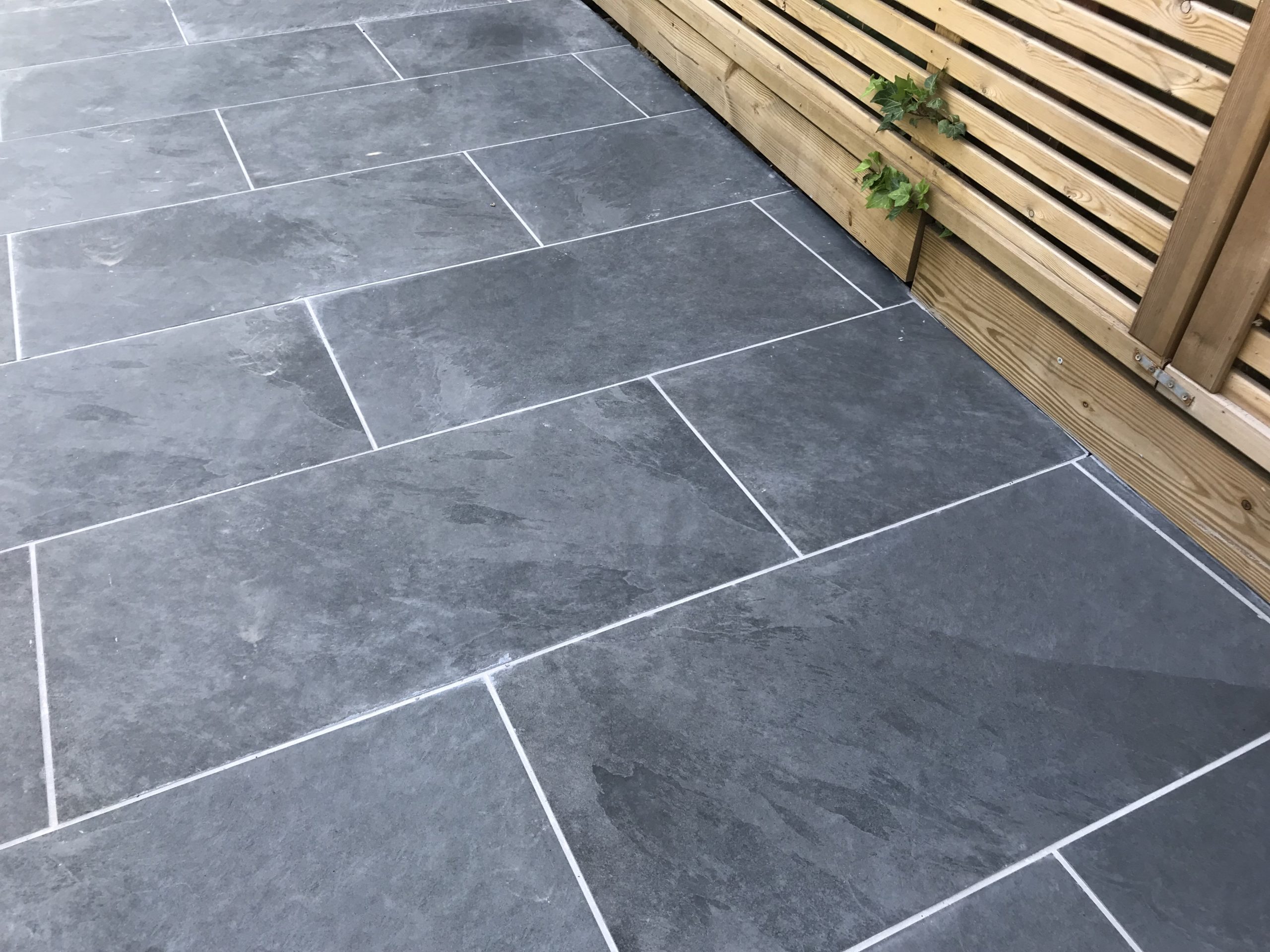
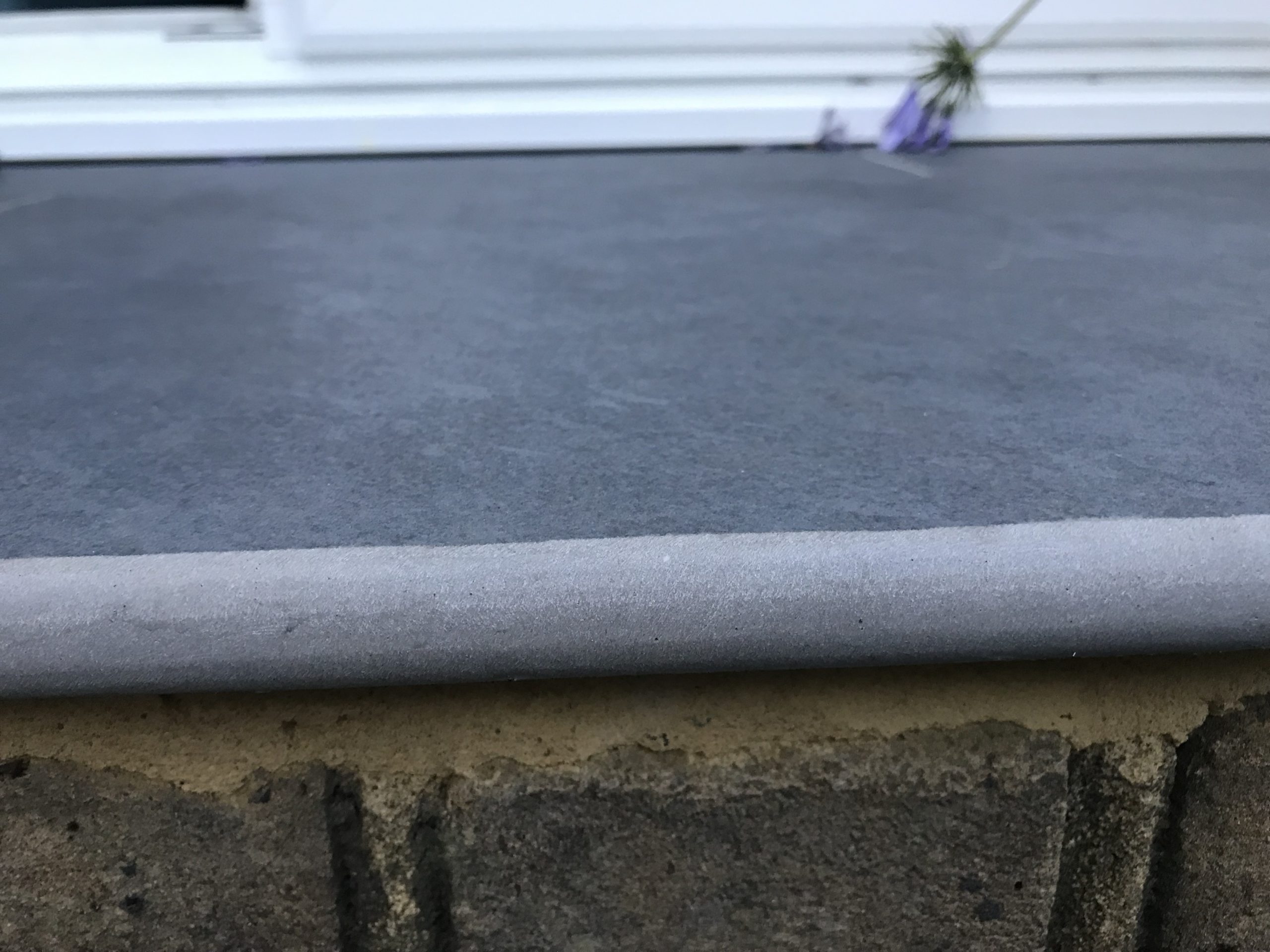
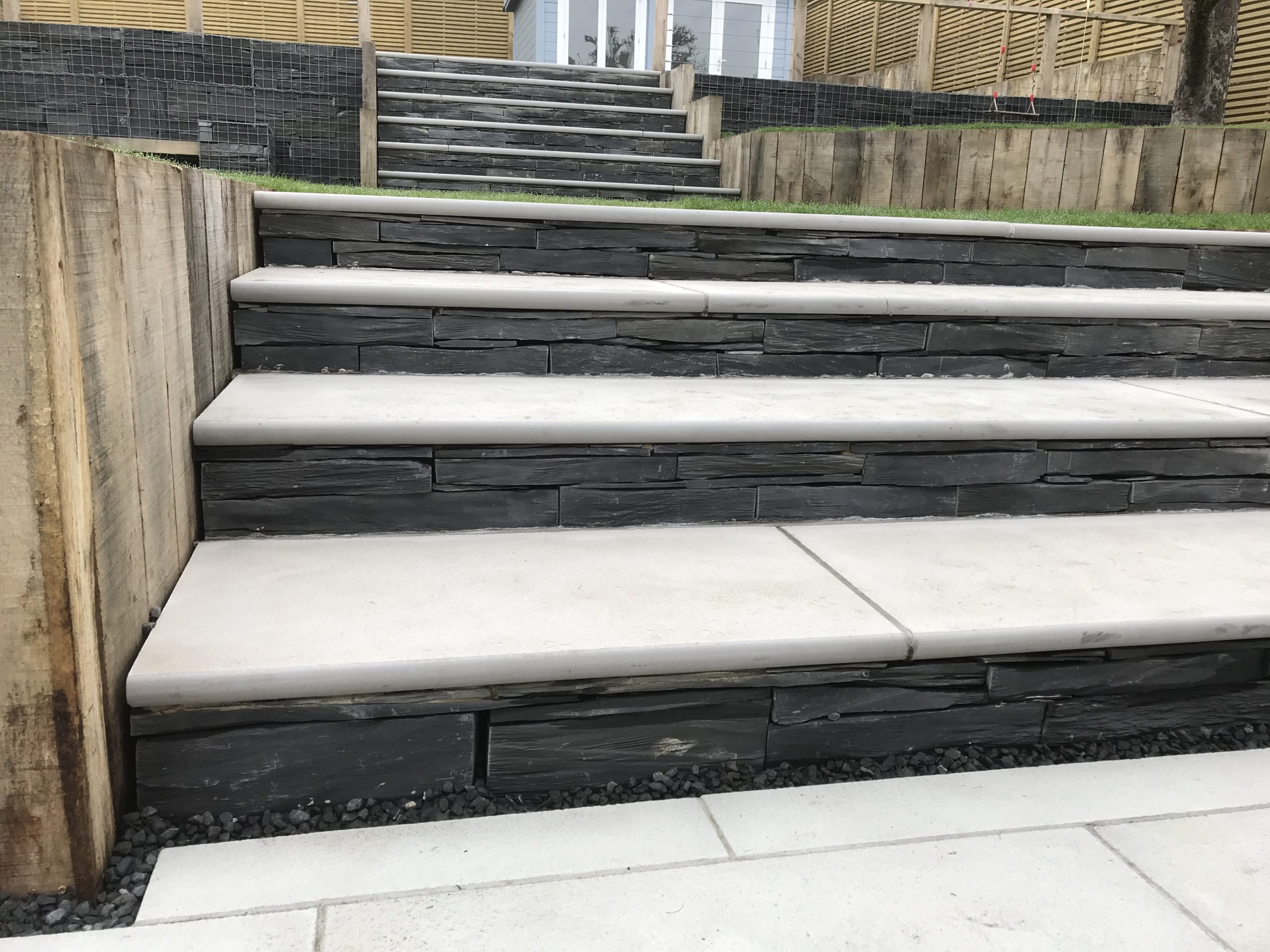
Recent Comments